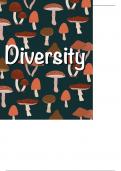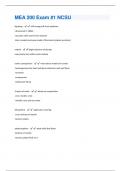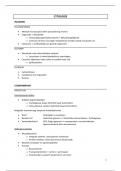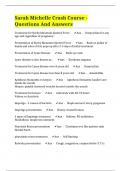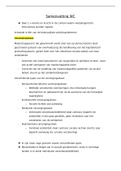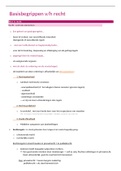Class notes
Diversity IEB & DBE life sciences grade 12 notes
- Course
- Institution
This set of notes contain a detailed explanations on the diversity containing the following: Origin of an idea about origins Scientific theory of evolution Modification by descent, comparative anatomy Evidence from Biogeography Evidence from Comparative Embryology Graphical Representation ...
[Show more]
